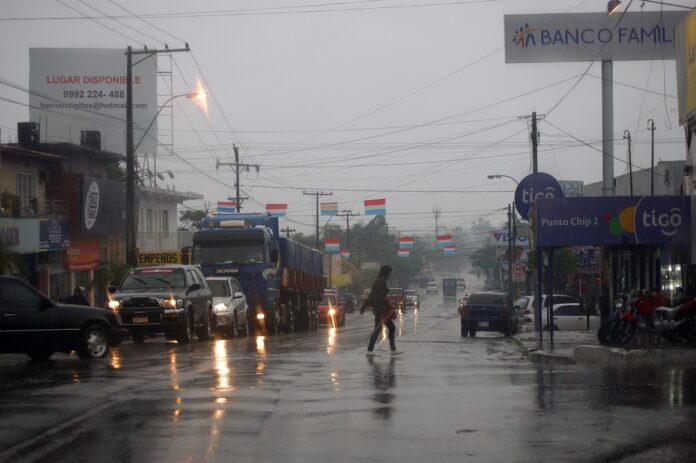22 Interesting Facts About Paraguay
- Location and Borders: Paraguay is located in central South America. It is bordered by Bolivia to the northwest, Brazil to the east and northeast, Argentina to the south and southwest, and it is landlocked, with no coastline.
- Square: The country covers an area of approximately 406,750 square kilometers.
- National Currency: The currency of Paraguay is the Paraguayan Guarani (PYG).
Interesting Facts About Paraguay:
- Post-War Haven: After World War II, Paraguay became a popular refuge for German fugitives.
- Deforestation: Once covered by tropical forests, around 60% of Paraguay’s land has turned into desert due to uncontrolled deforestation, particularly in the Gran Chaco region.
- Wealth Distribution: In Paraguay, 80% of the land is owned by just 2.5% of the population, and 161 individuals hold 90% of the country’s wealth.
- Mandatory Voting: Voting is compulsory in Paraguay, but there are no penalties for those who fail to vote.
- Climate Adaptations: Due to the extremely hot climate, some homes in Paraguay lack doors and windows. Visitors announce their arrival by clapping their hands rather than knocking.
- Historic Railway: Paraguay was home to the first railroad in Latin America, though it was destroyed during the aforementioned war.
- Arms Ownership: Many Paraguayans own personal firearms, and obtaining one is relatively easy. Even today, dueling is not prohibited in Paraguay.
- Hydroelectric Power: More than 70% of Paraguay’s electricity is generated by hydroelectric dams at the Itaipu Dam, which is jointly owned by Paraguay and Brazil.
- Carnival: The largest national celebration in Paraguay is the traditional Carnival, held every February.
- Highest Point: The highest point in Paraguay is Cerro Peró, which rises 842 meters above sea level.
- Child Soldiers: During the 19th-century war between Paraguay and Brazil, a child army was formed, consisting of children and teenagers aged 6 to 15.
- Temperature: Paraguay experiences average temperatures of around 30°C in the summer and 15°C in the winter.
- Jesuit Ruins: The Jesuit Ruins are remnants of 17th- and 18th-century missions built to convert indigenous people to Christianity. These sites were once small towns and countries.
- Skin Health: Paraguayan teenagers are less likely to suffer from acne, a common issue among about 90% of European peers.
- Navy: Despite being landlocked, Paraguay has a powerful navy, making it the largest landlocked country in the world with a significant naval force.
- Literacy and Life Expectancy: According to the latest census, Paraguay has a literacy rate of 94% and an average life expectancy of 71 years.
- Poverty: A significant portion of Paraguay’s population lives below the poverty line. Out of a total population of 7,252,672, approximately 45-50% are considered poor.
- Official Languages: Paraguay is one of the few countries in South America where indigenous languages hold official status. Both Spanish and Guaraní are official languages, with Guaraní being widely spoken across the country.
- Unique Ecosystems: Paraguay is home to several unique ecosystems, including the Chaco region, which is one of the largest dry forests in the world. The Pantanal region, shared with Brazil, is the world’s largest tropical wetland.
- Independence: Paraguay was the first country in South America to declare independence from Spain on May 14, 1811. It achieved this through a relatively peaceful process compared to other Latin American countries.
- Capybaras: The capybara, the world’s largest rodent, is native to Paraguay and can be found in the wild, especially near water bodies.
- Natural Beauty: Paraguay is home to the stunning Iguazu Falls, which are located on the border with Brazil and are one of the largest and most impressive waterfall systems in the world.
